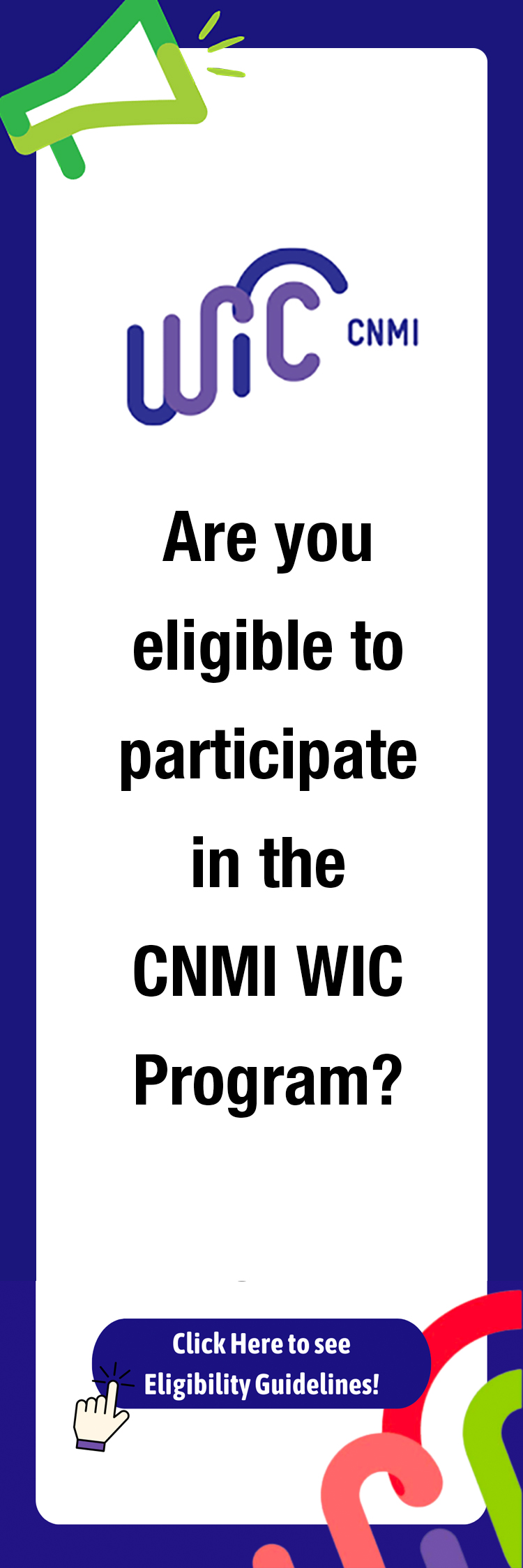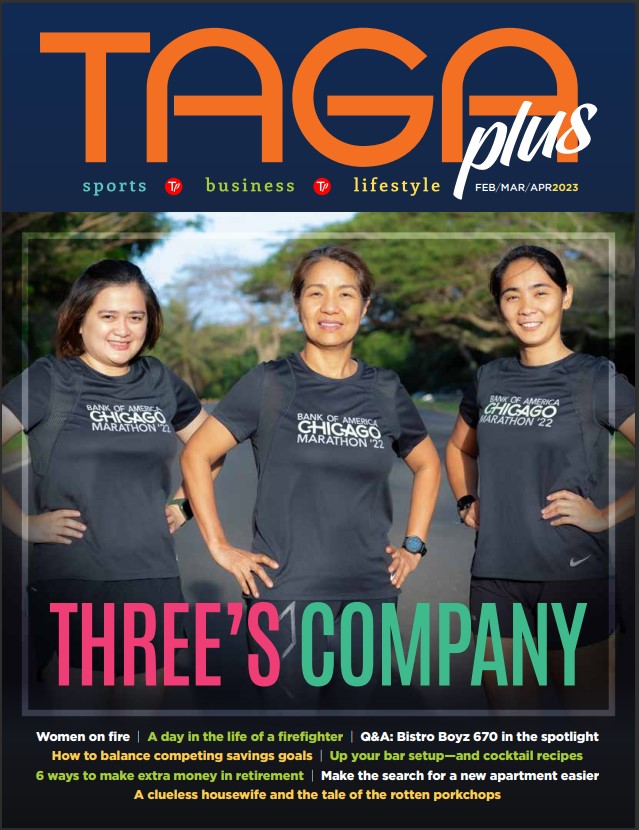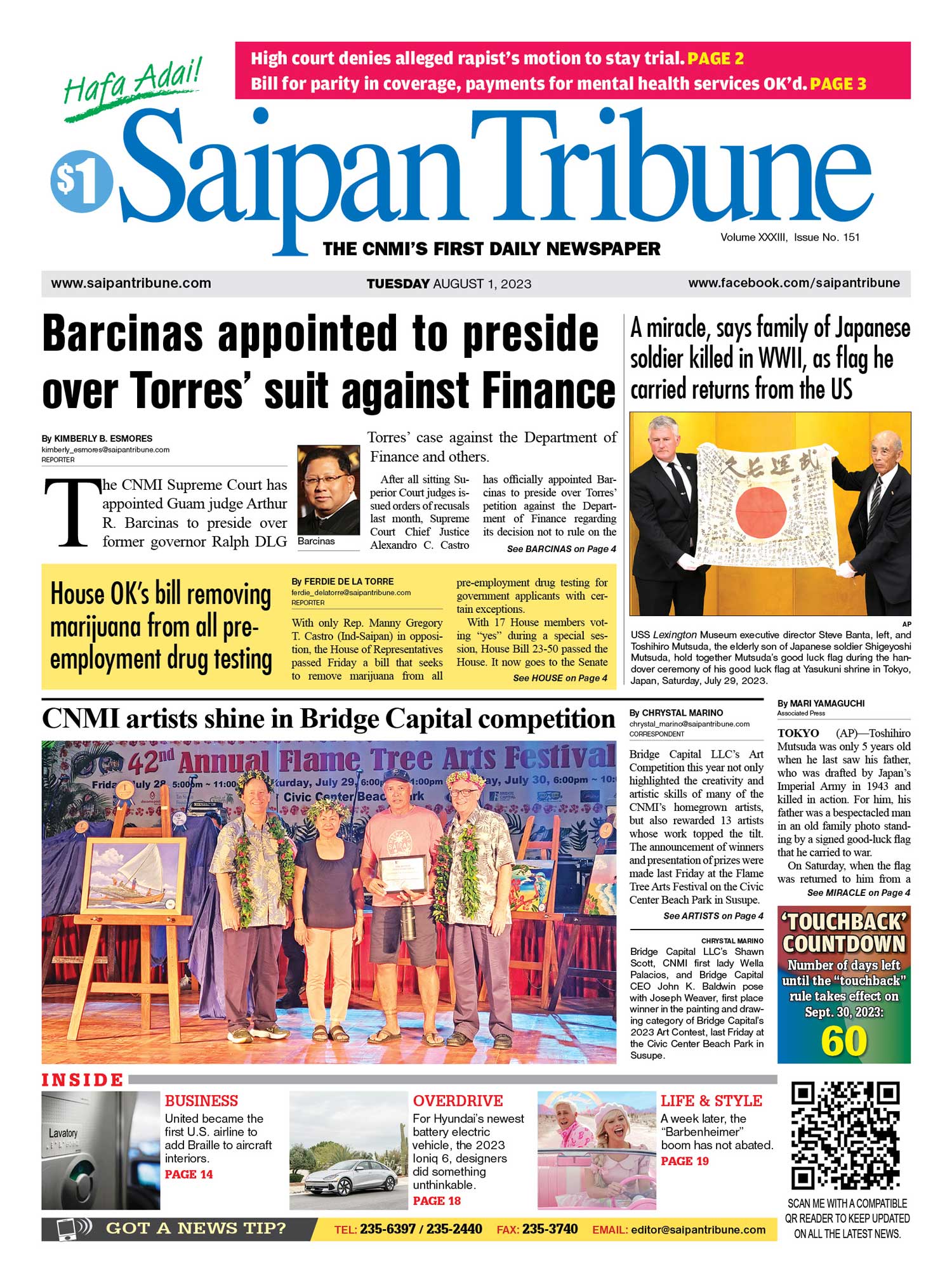Chamorro dictionary panel discusses entries
The committee that is working on a three-year project to revise the 33-year old Chamorro-English Dictionary have started discussing the main entries of the dictionary.
These parts include the Chamorro word, its parts of speech, its English definition, one or more Chamorro sentences illustrating its use, other pronunciations and related words such as synonyms.
The committee met for the second time yesterday at Building N of the Northern Marianas College in a teleconference participated in by Dr. Sandy Chung of the University of California Santa Cruz. Discussions focused on the parts of speech.
“We’re working on to improve the first edition for the next generation to use and understand more fully,” said Dr. Elizabeth Rechebei, one of the main resource persons coordinating the project, along with Dr. Rita Hocog.
One of the revision committee’s goals is to make sure that every word should have a part of speech, unlike the original edition authored by Donald M. Topping, Pedro M. Ogo and Bernardita C. Dungca.
The 336-page document was published in 1975 by PALI Language Texts: Micronesia.
There are three main reasons why the revised parts of speech will be better: every word will have a part of speech (no word will be unclassified), more detailed (it says more about how a word is used), and the revised list makes a connection to parts of speech in other languages.
“It’s a very complex process. The Chamorro language has some connections with other foreign languages such as Spanish, English, Chinese and even Pilipino. We have to take into consideration the richness of the language,” Rechebei said.
She said that since language evolves, they have to create as many examples as possible for children to comprehend.
Critical component of the project will be the inclusion of new entries with emphasis on cultural words that are not in the original dictionary, to be undertaken by cultural experts.
Experts in areas such as traditional fishing, customs and rituals, traditional medicine, etc., have been identified to serve as possible consultants.
Upon completion of all the new entries and revisions during Year Three, another group of Chamorro language experts, particularly the elders, will be consulted on specific words and meanings, as needed.
During yesterday’s meeting, NMI Humanities Council executive director Antonio Deleon Guerrero delivered a short message to the committee members followed by the report on the progress of the various working groups activities.
The committee is divided into working groups from six areas: Atu Asi, Ginifi, Sussupe, Langat, Luta (Rota), and Daddao (Tinian).
The project is a major part of a grant awarded to the Humanities Council by the National Science Foundation for a three-year collaborative project to study and help preserve the Chamorro language.























